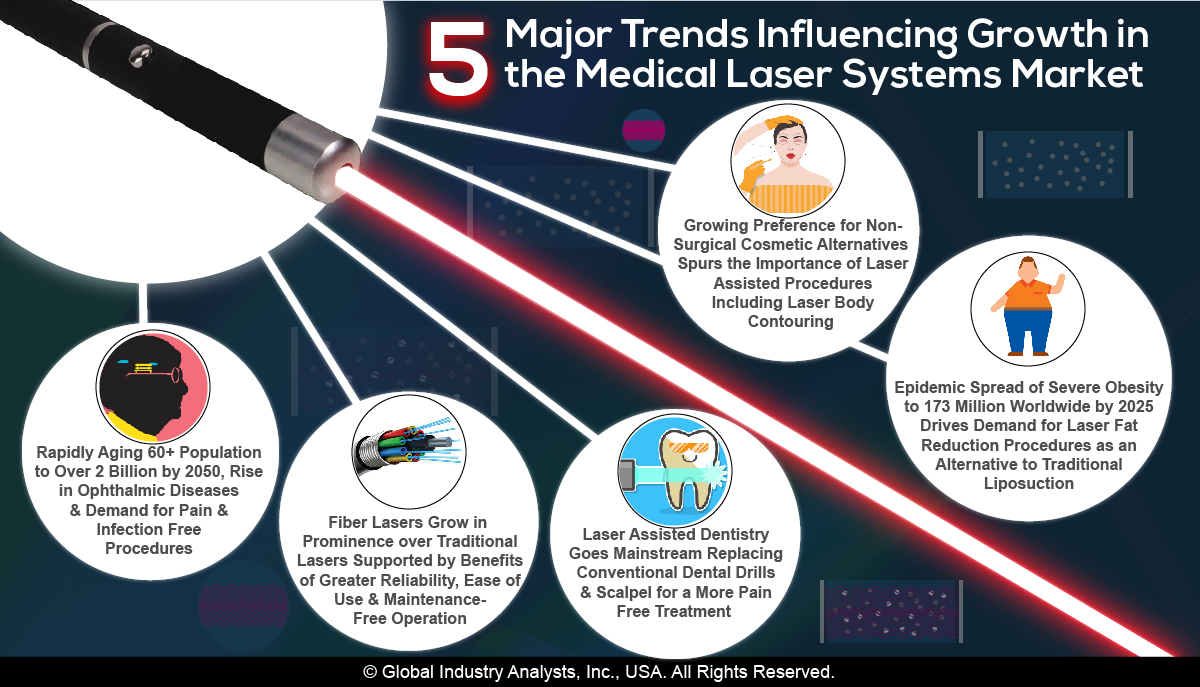Red Flags That Your Youngster Might Need To See An Optometrist: Adult Insights From Specialists
Red Flags That Your Youngster Might Need To See An Optometrist: Adult Insights From Specialists
Blog Article
Published By- https://www.dovepress.com/the-role-of-corneal-biomechanics-in-the-assessment-of-ectasia-suscepti-peer-reviewed-fulltext-article-OPTH
As a parent, you play a crucial duty in your child's wellness, specifically when it pertains to their vision. You may observe particular actions that might signal a demand for an eye examination. Squinting, regular eye rubbing, or problems of frustrations can be more than simply small annoyances. Understanding these indications is important for your youngster's advancement. So, what should you look for following? Let's discover the typical signs that can suggest a vision problem.
Common Signs And Symptoms of Vision Problems in Kid
When you discover your youngster fighting with everyday tasks, maybe a sign of vision problems.
Search for signs and symptoms like scrunching up your eyes, rubbing their eyes regularly, or turning their head to see far better. If they have actually difficulty analysis or seem to shed their area usually, that's another indicator.
Kids Optical Center could additionally see them complaining about headaches or experiencing eye strain after extensive periods of reading or using displays.
In addition, if your child stays clear of tasks that call for excellent vision, like sporting activities or attracting, it deserves paying attention to.
Look for any type of uncommon habits, as these indications can point to underlying vision problems that require expert assessment.
Early detection can make a big difference in their visual advancement.
Age-Specific Vision Milestones to Display
Every moms and dad must watch on their kid's vision advancement as they expand.
At around 6 months, your baby should begin tracking moving items. By age 1, they need to be able to focus on and identify acquainted faces.
Between 2 and 3 years, search for renovations in hand-eye control, like piling blocks or throwing a round.
By age 4, kids need to be able to recognize shapes and colors, and they may begin to acknowledge letters.
If your youngster has problem with these milestones, it's vital to remember. Monitoring their progression helps you catch possible concerns early, guaranteeing they get the vision care they need for an intense future.
Stay aggressive about their vision health and wellness!
When to Set Up an Eye Examination for Your Child
Monitoring your youngster's vision growth is essential, however understanding when to arrange an eye exam is equally as crucial. The American Academy of Ophthalmology suggests your youngster have their very first eye test at 6 months old.
Afterwards, routine follow-ups at age 3 and once again prior to they start school. If your child shows signs of vision problems-- like squinting, difficulty reading, or migraines-- do not await the following arranged consultation.
Furthermore, if there's a family history of eye issues, proactive tests are crucial. Watch on any adjustments in their vision or actions, and count on your impulses.
Routine examinations can assist capture potential problems early, guaranteeing your youngster has the most effective chance for healthy and balanced eyesight.
Conclusion
In conclusion, staying alert to your child's visual practices is important for their eye health. If you notice any kind of indications like scrunching up your eyes, eye rubbing, or problem with analysis, do not wait to schedule an eye examination. Remember, early detection can make a considerable distinction in their visual development. Count on your reactions as a moms and dad, and ensure your child gets the care they need to thrive. Regular check-ups can aid keep their eyes healthy for years to find.
